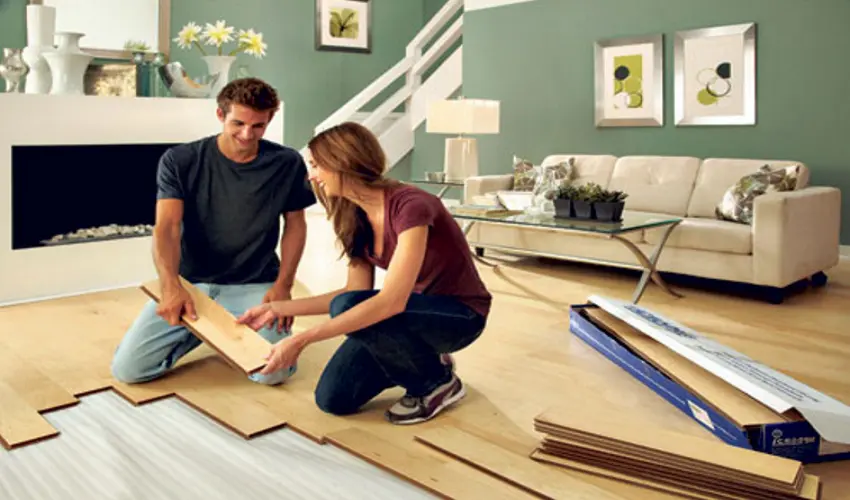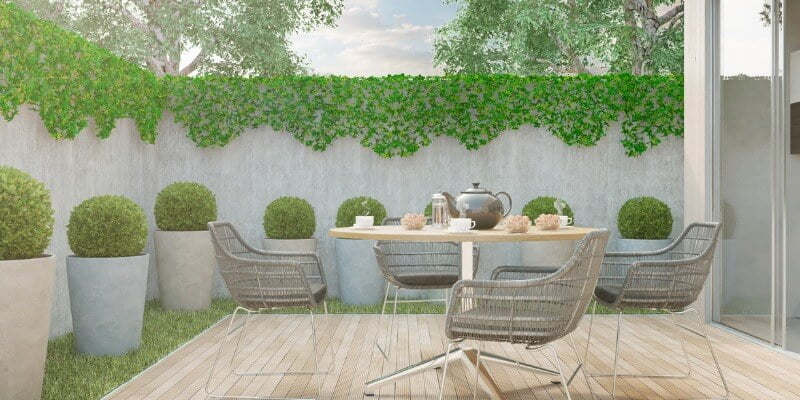In the realm of architecture and interior design, the term “scalloped design” evokes images of whimsy, charm, and timeless elegance. Characterized by delicate, scallop-shaped details and intricate patterns, scalloped design elements can infuse a sense of warmth and character into any home. In this article, we’ll delve into the allure of scalloped design homes and explore how this design motif can be incorporated into residential spaces.
Understanding Scalloped Design:

At its essence, scalloped design refers to any decorative motif or architectural feature characterized by scallop-shaped or scallop-inspired elements. These may include arches, moldings, window treatments, furniture, textiles, and accessories adorned with scallop-shaped patterns or edges. The scallop shape is reminiscent of a seashell’s edge, evoking feelings of nostalgia, romance, and whimsy.
History and Origins:
The scallop motif has a rich history dating back centuries and can be found in various cultures and artistic traditions around the world. In European architecture, scalloped details were commonly used in Gothic and Renaissance styles, adding ornamental flourishes to buildings, cathedrals, and palaces. In the realm of fashion and textiles, scalloped edges became popular during the Victorian era, adorning garments, linens, and accessories with delicate, feminine details. The Art Deco movement of the early 20th century also embraced scalloped design, incorporating it into furniture, jewelry, and decorative arts as a symbol of modernity and sophistication.
Incorporating Scalloped Design into Your Home:
There are countless ways to incorporate scalloped design elements into your home, whether aiming for a subtle hint of whimsy or a bold statement of elegance.
- Architectural Details: Consider adding scalloped arches, moldings, or trim work to doorways, windows, and entryways to create a sense of architectural interest and charm.
- Furniture and Upholstery: Look for pieces with scalloped edges, such as chairs, sofas, and headboards, to add a touch of romance and elegance to your living space. Upholstery with scallop-shaped patterns or detailing can also create visual interest and texture.
- Textiles and Soft Furnishings: Incorporate scalloped details into your soft furnishings, such as curtains, throw pillows, bedding, and rugs, to add depth and dimension to your décor. Scalloped edges can lend a soft, feminine touch to any room.
- Wall Treatments: Experiment with scalloped wallpaper, stencils, or wall decals to create a focal point or accent wall in your home. Scalloped patterns can add a sense of whimsy and playfulness to your décor while creating visual interest and texture.
- Accessories and Décor: Look for decorative accessories and accent pieces with scallop-shaped motifs, such as mirrors, picture frames, vases, and candle holders, to add a finishing touch to your home décor. These small details can tie together your space’s overall look and feel.
The Timeless Appeal of Scalloped Design:
What is it about scalloped design that continues to captivate homeowners and designers alike? It’s the sense of nostalgia and whimsy that scalloped motifs evoke, reminding us of carefree days spent by the seaside or strolls through historic neighborhoods. Or it’s the timeless elegance and sophistication that scalloped details bring to any space, adding a touch of refinement and grace to even the most modern interiors.




